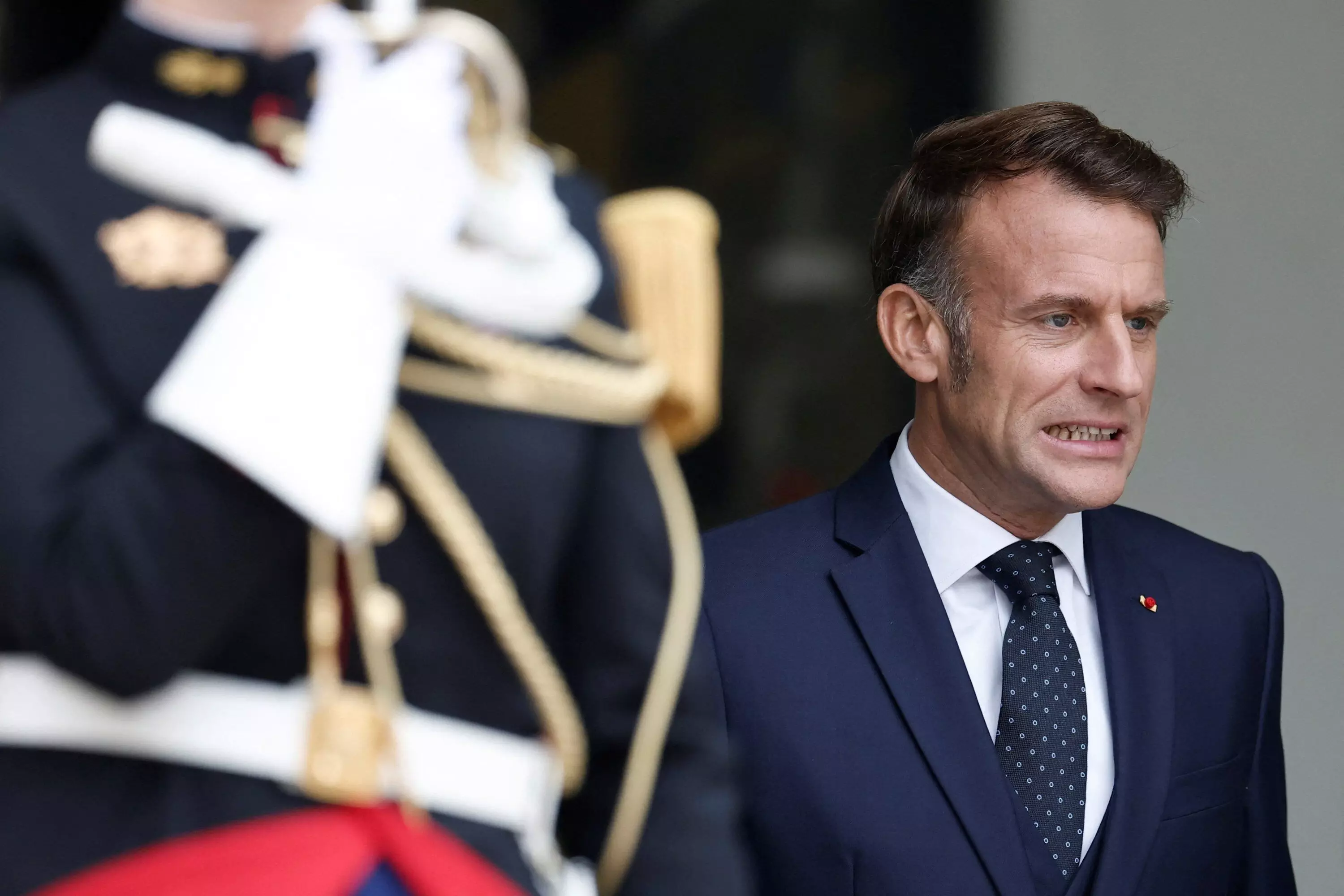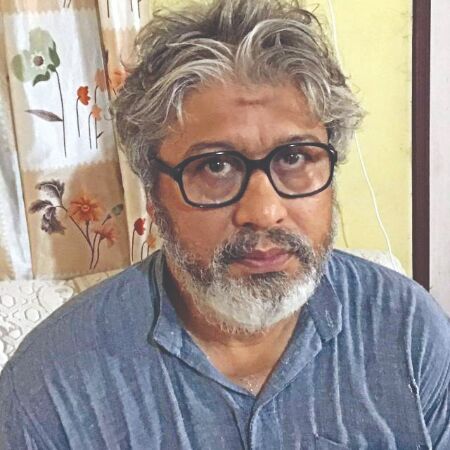A Republic at Risk
With leadership in flux, debt soaring, and far-right populism gaining strength, France’s crisis could reshape both its domestic stability and the European Union’s future

France – the second-largest economy in the European Union (EU) – is in a deep political crisis. On October 6, French Prime Minister Sebastien Lecornu resigned after appointing his new cabinet, plunging France straight back into the political crisis it has been stuck in since 2022. According to Reuters, French President Emmanuel Macron now faces three unpleasant options. Firstly, he could name a new prime minister. A figure from within his own centrist Renaissance (RE) party appears unlikely, and Macron has been unwilling to name a leftist, as they want to dilute his hard-won pension reform. In April 2023, Macron signed into law his government’s highly unpopular pension reforms, which raised the state pension age from 62 to 64. Moreover, he fears that a left-leaning figure would also irritate France’s right-wingers, who want more emphasis on law and order, immigration, and austerity. Macron could dissolve parliament and call fresh legislative elections – a move he has said he is unwilling to do and which could potentially lead to a far-right National Rally (RN) government if it were to win a majority. His final option – and one he has repeatedly rejected – is to resign. It’s unclear who might win a presidential vote, but polls suggest the RN stands a good chance of victory.
Lecornu took up his office on September 9 after his predecessor, Francois Bayrou, stepped down. His tenure lasted 27 days, the shortest since 1958 when France’s Fifth Republic began. He was France’s fifth prime minister since 2022 and its third since Macron called snap elections in June last year. In June 2024, battered by a defeat in European Parliament elections, France’s President Emmanuel Macron dissolved the country’s parliament as results showed that Marine Le Pen’s far-right National Rally (RN) secured more than 30 per cent of the vote compared with 14.5 per cent for the French president’s Renaissance (RE) party. Renaissance narrowly escaped coming in third place, finishing neck and neck with the centre-left, which garnered 14 per cent of the vote.
The 2024 elections accentuated a three-way split in the French National Assembly, leading to further instability. The government appointed in September 2024 had fallen by the end of the year. France has a deeply divided parliament that makes consensus difficult. Far-right and left-wing parties together hold more than 320 seats in the 577-seat lower house and abhor each other. Macron’s centrist and conservative bloc, which has tried to win conditional support from the left and right to rule, holds 210. No party has an overall majority. The French President is expected to name his sixth Prime Minister since 2022 by Friday (October 10) evening.
Rise of the far right
Far-right populist parties like the Alternative for Germany (AfD) are gaining momentum in many EU countries, including France. Prior to 2017, when Macron was first elected president at the head of his new centrist En Marche! (EM) party, French politics was dominated by rival blocs on the centre-right and centre-left. EM (later becoming Renaissance, forming part of the broader Ensemble alliance) took votes from both its left and its right, with the centre-left Socialist Party (PS) and centre-right Republicans (LR) losing ground in elections in 2017 and 2022. In both elections, supporters of other candidates in the first round backed Macron in the second round, forming a so-called “republican front.”
In the 2024 election, the far-right leader Le Pen pursued a strategy known as “de-demonisation” to make RN – often labelled a “far-right” party – more acceptable to voters and establish it as a potential governing force. RN paid greater attention to cost-of-living issues while also presenting a hard-line stance on migration, calling for a ban on the Islamic headscarf, and for preference for French citizens in public housing and social services. Le Pen has shifted from advocating French withdrawal from the EU to pledging to keep France in the EU and reform it from within.
The Ukraine and Gaza crises have immensely impacted and reshaped the French political system. As critics had highlighted Le Pen’s and RN’s ties with Russia, she sought to distance RN from this position following the Russian invasion of Ukraine in 2022. The left-of-centre candidate in the 2017 and 2022 presidential elections was Jean-Luc Mélenchon, the leader of France Unbowed (LFI), which has eclipsed the PS as the main party of the left. Mélenchon has advocated wealth taxes and high tax rates for the top earners and, in the past, has been supportive of Russia and authoritarian left-wing leaders in Latin America, and advocated French withdrawal from NATO and the EU. LFI, the PS, the Communist Party (PCF) and Ecologists formed an alliance for the 2022 National Assembly elections.
PS left the alliance in late 2023 after Mélenchon refused to describe Hamas as a terrorist group. There were also splits over Ukraine, with PS and the Ecologists disagreeing with LFI and PCF’s criticism of the government’s approach. The alliance was nevertheless resurrected as the New Popular Front (NFP) for the 2024 election.
Though RN again finished ahead on vote share, with 32.1 per cent of the vote, it ended behind NFP and Ensemble on seats. NFP won 178 seats over the two rounds, followed by Ensemble with 150 and RN with 125. Ciotti’s group brought an additional 17 deputies allied to the RN, while the main LR slate won 39 seats. Éric Ciotti led The Republicans – LR from 2022 to 2024 but was voted out as leader of the party on June 12, 2024, over his decision to seek an alliance with the far-right National Rally (RN). On September 22, 2024, Ciotti announced his association with the Union of the Right for the Republic (UDR) party. Instead of bringing the “clarification” Macron had sought from the 2024 poll, commentators noted that the elections had brought greater instability and further weakened his authority.
Economy in stagnation
The political crisis will certainly worsen the French economy, which is passing through a phase of stagnation. French stocks and the euro fell while France’s borrowing costs jumped on Monday, as the government collapsed within hours of being appointed. Paris’s $3 trillion CAC 40 index dropped more than 1.3 per cent, making it the worst-performing index in Europe. The euro slid 0.2 per cent on the day to $1.172.
All drivers of economic activity have stalled, and unemployment is projected to rise to 7.7 per cent at the end of the year. According to the new outlook from INSEE, France’s national statistics agency, published on June 18, GDP growth in 2025 is not expected to exceed 0.6 per cent. With consumer spending failing to rebound, savings rates remaining at record highs, investments struggling to recover, and foreign trade slipping back into deficit, all the engines of the French economy have come to a halt. The government, which must bring the public deficit down to 5.4 per cent of gross domestic product in 2025 after 5.8 per cent in 2024, is seeking to cut public spending by €40 billion, reports Le Monde.
Recent developments mean that the chances of passing the 2026 budget before year-end have diminished further. Therefore, France is likely to begin the New Year operating under an automatic extension of the 2025 budget. The budget deficit, projected at 5.4 per cent of GDP for 2025, will likely remain elevated and weak economic growth will constrain deficit reduction. As a result, public debt is expected to continue rising. ING forecasts debt levels to reach at least 116.7 per cent of GDP next year, up from 113.1 per cent in 2024. This trajectory places France in the worst fiscal position relative to its EU peers.
France – moving the Greek way!
According to Goldman Sachs, France has experienced the largest rise in country risk among major markets since the elections last year. France’s political crisis is fuelling economic and market uncertainty, with risks to growth and compliance with EU borrowing rules. Bond spreads have widened, reforms are stalled, and analysts warn the ECB may need to act if the situation continues to deteriorate, observes Euronews. The collapse of yet another French government for its inability to push austerity measures through parliament is raising fears that the debt of the European Union’s second-largest economy is spinning out of control. Economic data reveal that in absolute terms, no EU country holds more consolidated national debt than France. Sovereign debt has climbed to around €3.35 trillion ($3.9 trillion) — about 113 per cent of gross domestic product (GDP), with the figure expected to rise further to 125 per cent by 2030. While German bonds carry an interest rate of about 2.7 per cent, the French government needs to pay close to 3.5 per cent interest for its debt. France now spends €67 billion annually just on interest payments. France’s debt-to-GDP ratio is so high within the European Union that only Greece and Italy surpass it. With a budget deficit of 5.4 per cent to 5.8 per cent this year, Paris also runs the largest budget shortfall in the 27-nation EU. Recent developments in France remind one of Greece’s Debt Crisis, which began in 2008 and continued till 2018.
France’s struggling factories need investment, and the government needs urgent funds to manage its widening fiscal deficits. But the question is, who would finance the bill? Like France, other major economies are also racking up historically high debt and must raise billions on capital markets. This fall, for example, Germany, Japan, and the US will need to issue new government bonds to finance their spending — a key reason global bond markets remain under pressure. Under such a situation, China could emerge as a major financier. Recent investment data indicate the possibility. Chinese foreign direct investment (FDI) in the EU and UK reached €10 billion in 2024, rising 47 per cent from the previous year. Europe remained the leading destination for Chinese investment in high-income economies, drawing 53.2 per cent of all Chinese FDI in such markets. In 2024, the EU and UK’s share of total Chinese FDI also rose to 19.1 per cent, the first significant increase since 2018.
It may be recalled that China’s investment in the historic port of Piraeus has lifted Greece’s economy and dampened populist opposition to foreign investment. Situated at the edge of Athens – a short sail from the Middle East and Africa – the port has been a strategic jewel for nearly 2,500 years, ever since the Athenians and Spartans defeated the Persian emperor in a nearby sea battle for Mediterranean supremacy, writes Vivienne Walt in Fortune. The port has been majority-owned since 2016 (and operated since 2009) by China Cosco Shipping – a state-owned giant established nearly 65 years ago. Piraeus has become a showcase display of the BRI (Belt and Road Initiative) – a project capable of transforming not just one port but perhaps an entire economy. Greece joined China’s BRI – often referred to as the Modern Silk Road – in August 2018. Greece is the first EU member to join the BRI. Subsequently, in April 2019, Greece joined the ‘16+1’ group of China and Central and Eastern European Countries (CECC), which was renamed ‘17+1’, marking another milestone in China-Greece relations on the diplomatic front.
In the Greek debt crisis, China emerged as the major gainer. The same trend may be observed in French crisis also. The buyout of the French automotive supplier Groupe Mécanique Découpage (GMD) by the Suzhou-based Dongshan Precision Manufacturing (DSBJ) in May, 2025 is a case in point.



